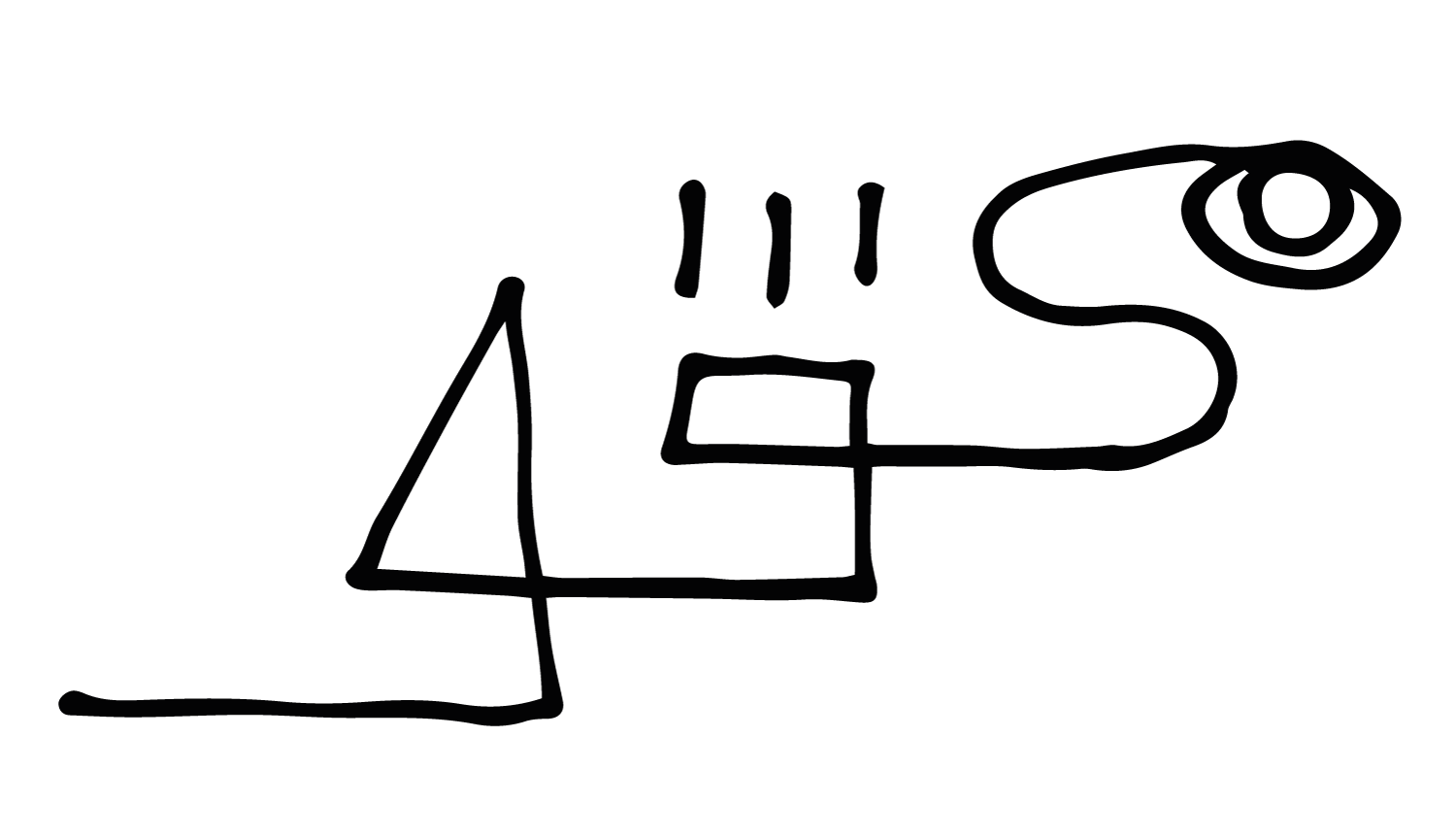What Is Cost of Equity, and How Do You Calculate It?
Instead, you can estimate the cost of equity using the Dividend Discount Model (DDM) and the Gordon Growth Model. Similar to unlevered free cash flows (FCFs), the WACC represents the cost of capital to all capital providers (e.g. common equity, preferred stock, debt). Note that the two concepts are closely interrelated, and raising more debt will impact not only the cost of debt but the cost of cost of equity meaning equity as the credit risk of the entire company is affected negatively. If more debt is incrementally added to the capital structure, the risk to all company stakeholders rises.
As a hypothetical demonstration of the cost of equity, imagine a hypothetical investor considering a purchase of the imaginary firm XYZ. Each share of XYZ is valued at $100, and the shares have a beta of 1.3 in relation to the rest of the market. In addition, the risk-free rate is 3% and the investor expects the market to rise by 8% per year.
Appropriate Rate of Return
Our best expert advice on how to grow your business — from attracting new customers to keeping existing customers happy and having the capital to do it. Below are the dividend amounts paid every year by a company that has been operating for five years. She holds a Bachelor of Science in Finance degree from Bridgewater State University and helps develop content strategies.
How Do I Use the CAPM to Determine Cost of Equity?
In addition, both the value of any dividends and the dividend growth rate will factor in to increase the potential value of a company’s equity. Sometimes you might be interested in finding the unlevered/ungeared cost of equity. It is the cost of equity under the assumption that the company has no debt in its capital structure. It can be calculated using capital asset pricing model by substituting the equity beta coefficient with asset beta (also called unlevered beta).
The cost of capital helps determine the hurdle rate for business initiatives
Since they can’t exactly do that, their best bet is using equations to make predictions determining the cost of equity of their investments. Read on to learn how to predict the future for yourself using the cost of equity calculations. Cost of equity is the percentage of returns payable by the company to its equity shareholders on their holdings. It is a parameter for the investors to decide whether an investment is rewarding; otherwise, they may shift to other opportunities with higher returns. Cost of equity and cost of capital are two useful metrics for determining how easy it is for a company to raise the funds it needs to expand and do business. The cost of equity refers to the cost of raising money by selling shares, while the cost of capital also includes the cost of borrowing.
What does CAPM stand for?
Our mission is to empower readers with the most factual and reliable financial information possible to help them make informed decisions for their individual needs. These ongoing efforts reflect the continuous quest to enhance the model’s accuracy and applicability in ever-changing financial markets. The violation of these assumptions can lead to deviations between the CAPM’s predictions and actual returns, potentially undermining the model’s reliability and usefulness.
- By understanding the cost of equity and its role in stock valuation, you can make more informed decisions when buying or selling shares in a company.
- Cost of equity represents the return a company must offer investors to compensate for the risk of holding its equity.
- The cost of equity is one component of a company’s overall cost of capital.
- One simple method to think about the cost of equity is that it signifies the opportunity cost of investing in the equity of a specific company.
- WACC is widely used to determine the total anticipated cost of all capital under different financing plans.
This additional complexity is due to the consideration of international factors such as exchange rate risks and international market conditions. This rate serves as a benchmark for assessing potential investments, grounding the return expectations in a certain degree of reality. In summary, you learned that the Cost of Equity represents the cost of raising equity capital. Cost of Capital on the other hand, is the cost of raising capital (both debt as well as equity).

Laisser un commentaire
Rejoindre la discussion?N’hésitez pas à contribuer !